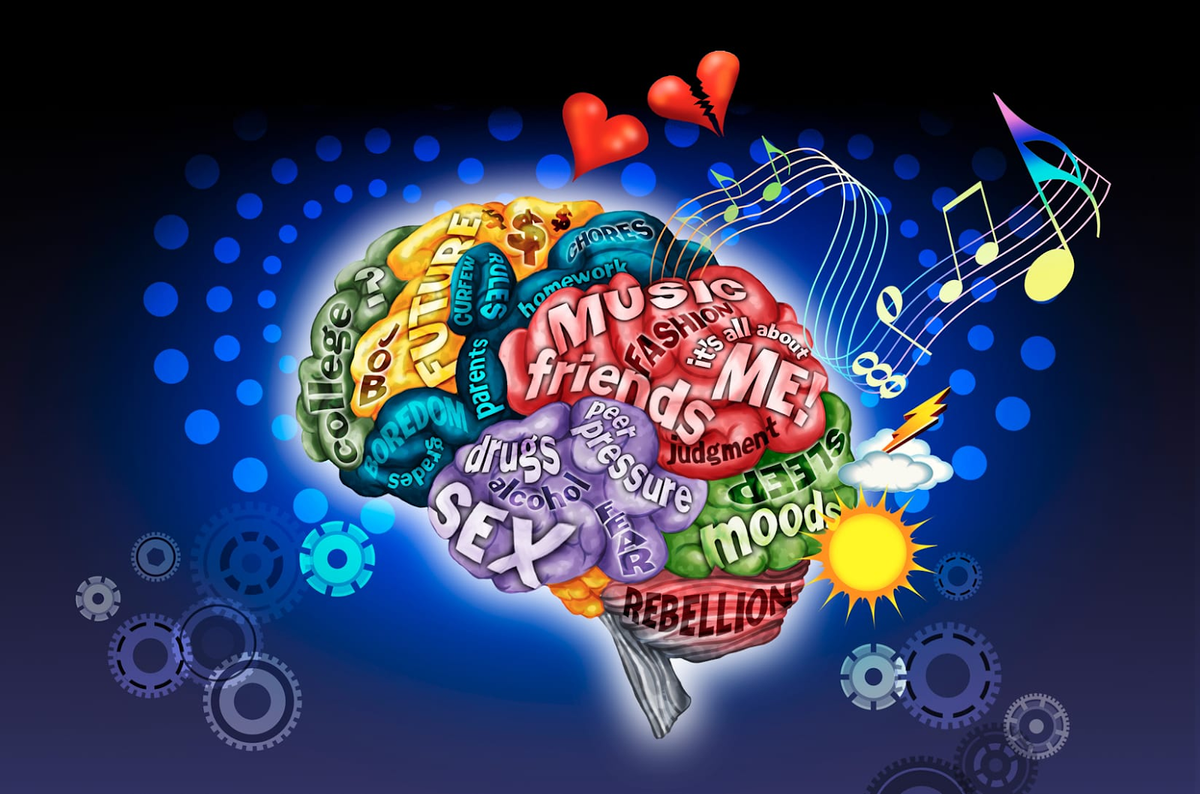Positive Education
Lynda Hewitt

Positive Education
Lynda Hewitt
The Teenage Brain
It is a busy time of year for the school as teachers are chasing assignments, students are hurriedly completing them, reports are underway, exams are being written, sat and graded and then of course all the end of year ceremonies. Students and staff are frazzled, tempers are short and on top of all that we are dealing with completely unpredictable and at times, totally terrifying teenagers!
At the best of times they are delightful individuals and you can see snapshot of them as they were as a cute little primary school student and brief glimpse into the future of the amazing young person they are going to be, but in the middle of all that there is this tempestuous storm of chaos, tantrums, slammed doors and “you don’t understand”. The sad truth is much of the times we don’t and even more of the time they don’t. The teenage brain is a complex thing, even neuroscientists are still learning about.


What we do know about the teenage brain is it reaches its maximum size in girls at about 11 years old, for boys it’s a few years later. Reaching full size does not mean it is mature, the brain is continuing to mature all through the twenties, again boys mature later than girls. Teenagers undertake risky behaviours as the part of the brain that is responsible for regulating and controlling impulses, the prefrontal cortex, is one of the last parts to mature.
There are two times in a child’s development where they have a vast influx of new brain cells, when they are toddlers and when they are teenagers, you can see the similarities... At this time the brain is not necessarily firing on all cylinders, it is just firing haphazardly which may explain some of the erratic emotions and behaviours that can be witnessed at these stages. The belief is that at these times there is a huge capacity for learning, the more exposure to academics, sports, creative pursuits, positive role modeling of emotional wellbeing etc., the more connections they make between these cells. If they do not have these positive experiences, if they are exposed to drugs or alcohol, they don’t have a good diet, or get enough sleep, then these connections are not made, any unused brain cells will disappear in a process called pruning which means that these connections will not be available for them and their potential may be limited for the rest of their life.
All these changes going on in the brain along with the many emotional and social changes that occur around that time also mean that this is a time when mental health disorders can also become apparent, this can include depression, severe anxiety, bipolar, eating disorders and even schizophrenia. It is important to be vigilant and access support and treatments as soon as possible.
Of course, this article touches very simply on a very complex subject. If you would like to read further, here is some suggested further reading.